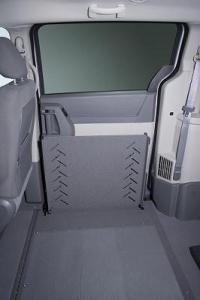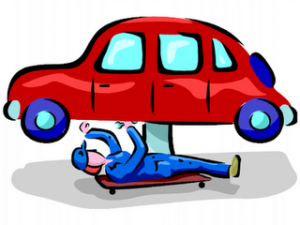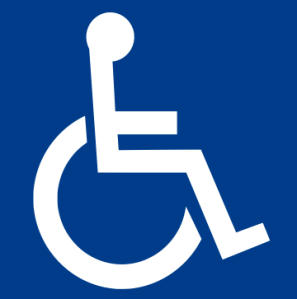
Description
Toyota Sienna with VMI Summit Only
- NEW – Ramp design improved to accommodate large power chairs with a ramp load capacity of 750lb.
- 2″ siderails help wheelchair users stay on the accessible ramp when entering/exiting mobility vehicle
- With a simple push outward, ramp can be deployed manually for a quick exit in the event of a power or mechanical failure
- Perforated handicapped ramp surface allows debris to fall through before it is brought inot accessible vehicle interior
- Ramp equipped stainless steel for superior corrosion resistance
Toyota Sienna with VMI Northstar AND Summit
- NEW-Access360 design has more space to enter & maneuver inside
- NEW – Access360 design allows for more flexibility & ease of use
- Obstruction-free doorway allows access for able-bodied passengers
- Clean, uncluttered handicapped vehicle interior
- Greater safety in the event of a collision
- Less dirt & debris from in-floor ramp into vehicle interior
- Wider usable accessible wheelchair ramp surface
- No interference with factory seats or controls
- Full use of passenger seat
- Obstacle-free front row floor
- 9″ more floor length than any other conversion on the market today
Specifications
- Door opening height – 57″
- Door opening width – 30.5″
- Interior height at center position – 61.8″
- Interior height at driver/passenger position – 60.5″ w/o sunroof and 58.25″ w/sunroof
- Length (from back of seat bases to kickplate) – 65.5″
- Overall floor length – 95″
- Floor width at B pillar – 61.5″
- Floor width at front doors – 60.3″
- Ramp length (angled ramp and transition plate) – 54.5″
- Usable ramp width – 28.9″
- Maximum floor drop – 14 7/8″
- Ramp angle – 9º
- Ramp capacity – 750 lbs
Standard Features Toyota Sienna with VMI Summit only
- Ultra-low 9.0° accessible ramp angle
- 750lb. wheelchair ramp capacity
- Features stainless steel hardware for superior corrosion resistance
Toyota Sienna with Northstar AND Summit
- Full-power ramp and conversion
- 12.75” drop FLEX Floor maximizes headroom & interior space
- Independent rear suspension preserves ride quality/performance
- E-coated floor for maximum corrosion resistance
- NEW, ultra-reliable hydraulic PowerKneel system lowers the minivan to reduce ramp angle
- Seamless integration with the electronics prevents damage to vehicle/conversion
- Conversion control through keyfob & interior sliding-door switches
- Halo-lit, one-touch interior conversion button
- Ramp ON/OFF switch allows users to disable all conversion features for guest drivers & open sliding doors for able-bodied passengers without deploying the ramp
- NEW lightweight, removable front seats are easier to install or remove
- NEW-quick-release straps easily removes front seats in seconds
- Non-skid handicapped ramp surface
- Fully crash-tested and compliant with all government safety standards
- 3-year/36,000-mile warranty
Optional Features
- Durafloor (rubberized flooring)



